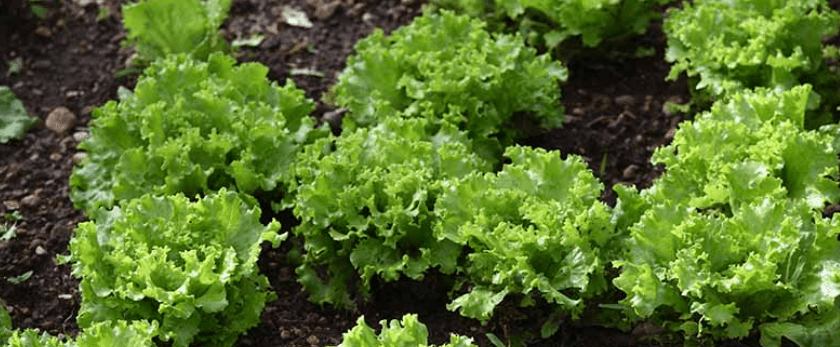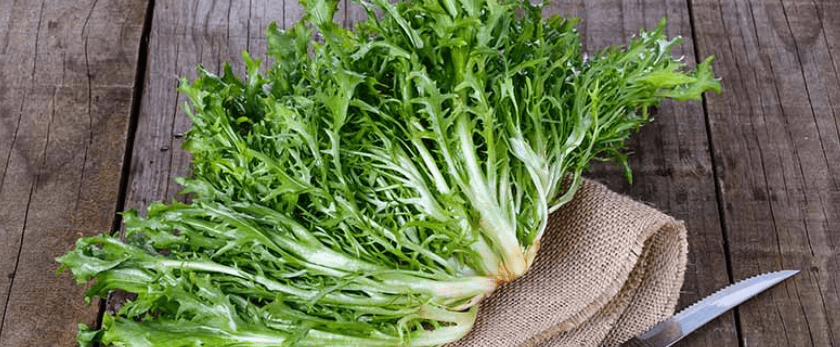Frisee, also known as curly endive, is a leafy green vegetable that is packed with nutrients and has a slightly bitter taste. It is a popular ingredient in salads and can also be cooked and used in various dishes. Growing frisee at home is a great way to have a fresh supply of this nutritious vegetable and reduce your carbon footprint by avoiding store-bought produce. In this article, we will discuss how to grow frisee in your own garden or even in containers on your balcony or windowsill.
What is Frisee?
Frisee is a member of the chicory family and is closely related to other leafy greens like radicchio and escarole. It has curly, frilly leaves that are light green in color and can grow up to 12 inches in height. Frisee is a cool-season crop and is best grown in spring or fall when the temperatures are mild. It can also be grown in the winter in mild climates.
How to Care for Frisee
Watering
Frisee needs consistent moisture to grow well, but it is important not to overwater it. The soil should be kept evenly moist, but not waterlogged. Water the plants deeply once or twice a week, depending on the weather and soil conditions. Avoid getting water on the leaves as this can lead to fungal diseases. Watering in the morning is best, as it allows the leaves to dry out during the day.
Light
Frisee prefers full sun to partial shade. It can tolerate some shade, but too much shade can result in leggy growth and smaller leaves. If you are growing frisee in containers, make sure to place them in a spot that receives at least 6 hours of sunlight per day.
Soil
Frisee grows best in well-draining, fertile soil. It prefers a slightly acidic soil with a pH of 6.0-6.5. If your soil is too alkaline, you can add some organic matter like compost or peat moss to lower the pH. Frisee also prefers a soil that is rich in nutrients, so adding a balanced fertilizer before planting can help promote healthy growth.
Fertilizer
Frisee is a heavy feeder and requires regular fertilization to thrive. You can use a balanced fertilizer, such as a 10-10-10, every 2-3 weeks. Alternatively, you can use organic fertilizers like compost or fish emulsion. Be sure to follow the instructions on the fertilizer package for the correct application rate.
Pruning
Frisee is a cut-and-come-again crop, which means you can harvest the outer leaves and the plant will continue to produce new ones. This also helps to prevent the plant from bolting, which is when it produces flowers and goes to seed. To harvest, simply cut the outer leaves with a sharp knife or scissors, leaving the inner leaves to continue growing.
What is the Best Time to Grow Frisee?
Frisee is a cool-season crop and is best grown in spring or fall when the temperatures are mild. It can also be grown in the winter in mild climates. In areas with hot summers, frisee can be grown in the shade or in a location that receives afternoon shade to prevent the leaves from wilting and becoming bitter.

Common Problems with Frisee
Pests
Frisee is relatively pest-resistant, but it can still be affected by common garden pests like aphids, slugs, and snails. To prevent these pests, keep your garden clean and free of debris, and use natural pest control methods like handpicking or using organic insecticides.
Diseases
Frisee can be susceptible to fungal diseases like powdery mildew and downy mildew. To prevent these diseases, avoid getting water on the leaves, provide good air circulation, and remove any infected leaves immediately. You can also use organic fungicides as a preventative measure.
Bolting
As mentioned earlier, frisee can bolt when exposed to high temperatures. To prevent this, plant frisee in the cooler months or in a location that receives afternoon shade. You can also choose heat-resistant varieties of frisee.
Conclusion
Growing frisee at home is a great way to have a fresh supply of this nutritious vegetable and reduce your carbon footprint. With the right care and attention, you can enjoy a bountiful harvest of frisee throughout the growing season. Remember to water consistently, provide enough sunlight, use fertile soil and regular fertilization, and harvest regularly to prevent bolting. By following these tips, you can successfully grow frisee and enjoy its delicious and healthy leaves in your salads and dishes.










